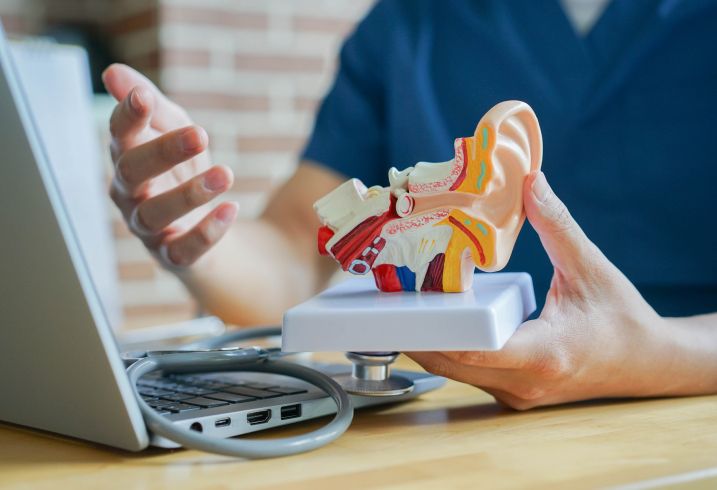Understanding Nasal Neuralgia

Also known as Contact Point Headache, this rather frustrating condition is very rarely diagnosed, often misdiagnosed and frequently treated incorrectly.
Most nasal neuralgia sufferers would have been seen many doctors and specialists like neurologists, pain specialists, neurosurgeons, acupuncturists, psychiatrists and even ENT specialists, but their condition is often erroneously diagnosed as migraine, tension headache or psychogenic. These patients are plied with the same solutions which, often, do not tackle the real problem.
Anatomy of the nose
Understanding the syndrome is helpful to interpreting the pain and responding to it. The best starting point is to get to know a little about the nose’s anatomy.
The nasal septum is the bone and cartilage that divides the nasal cavity. Several nerves, covered by a thin mucosal lining, run directly along its length.
This nasal passage is very narrow and the opposing lateral wall has ‘erectile’ tissue called turbinates. These help to moisturise, filter and warm incoming air, and constantly change in size according to how dilated the blood vessels are. If a turbinate happens to enlarge over a nasal nerve on the septum, this may cause varying degrees of pain because there is no soft tissue to absorb the pressure.
Although there is often no obvious trigger factor, it is known obvious trigger factor, it is known that turbinate swelling can result from changes in temperature, humidity, light, stress, allergens, hormonal changes, pregnancy and infection. Young and active females are often susceptible to this condition. Apart from this, the turbinates on either side of the nose take turns to swell and constrict every four to six hours.
Branches of the nasal nerves also send sensation to the eyes, up the forehead, cheeks, head and the roof of the mouth. The nerves most commonly involved are the anterior and posterior ethmoidal nerves which have branches serving the eye, the forehead and the same side of the head. Pressure on this nerve leads to pain on the same side of the nose radiating up the forehead and top of the head. This is known as referred pain and it mimics one-sided migraine.
The resulting pain and diagnosis
The pain caused by these scenarios may be debilitating and may be reduced with painkillers and certain migraine medications which constrict blood vessels.
In my opinion, most cases of nasal neuralgia are misdiagnosed as migraine or tension headache. Because of this, we may never know for sure how common it is. Unless the examiner is aware of or suspects nasal neuralgia, investigations are often reported as normal. An examiner needs to look out for subtle evidence to diagnose this condition.
Observe Yourself
If you have a severe one-sided recurrent headache, I would suggest that you keep some oral and intranasal decongestants with you, and take it the next time you have a headache. If the pain subsides shortly after, that would suggest nasal neuralgia.
Nasal neuralgia treatment
- Lifestyle modification: avoid allergens, pollution, sudden temperature changes, stress, smoking and alcohol; get adequate exercise and sleep to help decongest the nose.
- Medication: nasal decongestants like Sudafed and decongestant nasal sprays are both diagnostic and relievers of the pain; intranasal steroids can also be used to prevent attacks and reduce their frequency.
- Surgery: a simple endoscopic nasal surgery to separate the contact point will provide a permanent cure.
Our Singapore ENT clinic specialises in the end-to-end management of all ear, nose, and throat conditions while keeping the best ENT practices in mind.









